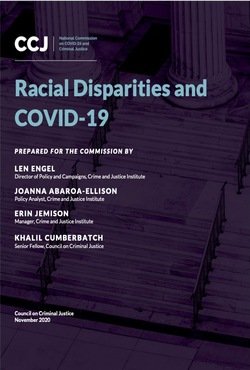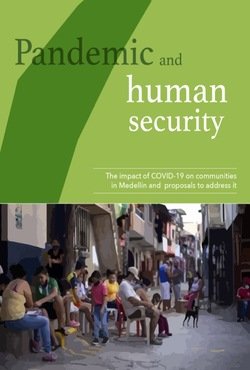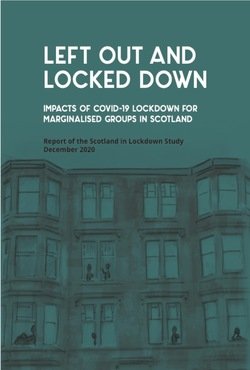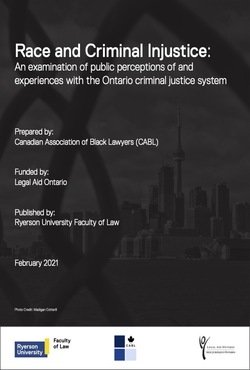By Marc-André Argentino, Blyth Crawford, Florence Keen, Hannah Rose
This report provides an overview of domestic extremism in the United States. It examines the various groups and movements that gained momentum under the administration of former President Donald Trump, the key discourses and motivations of those that were a part of the 6 January insurrection, and how these have evolved in the first 100 days of the Biden administration. • Through analysis of the MAGA movement and some of its various components, including the Oath Keepers, the Boogaloo Bois, Three Percenters, Proud Boys, and QAnon, this report reveals a country contending with a persistent domestic extremist threat which, despite Trump’s defeat, is unlikely to dissipate any time soon. • The 100 days that followed the inauguration of President Biden revealed a number of common narratives under which previously distinct groups have begun to converge, including anti-government ideologies, COVID conspiracy theories, election misinformation, racism, antisemitism, misogyny and transphobia. This report considers how these have evolved, and how they may continue to be a threat in the coming months and years. • The authors applied a mixed methods approach, leveraging data scientific methods and digital ethonography, in an effort to better understand MAGA-related groups, movements, and narratives both prior to and after Biden’s inauguration.
London: ICSR King’s College London , 2021. 94p.





















